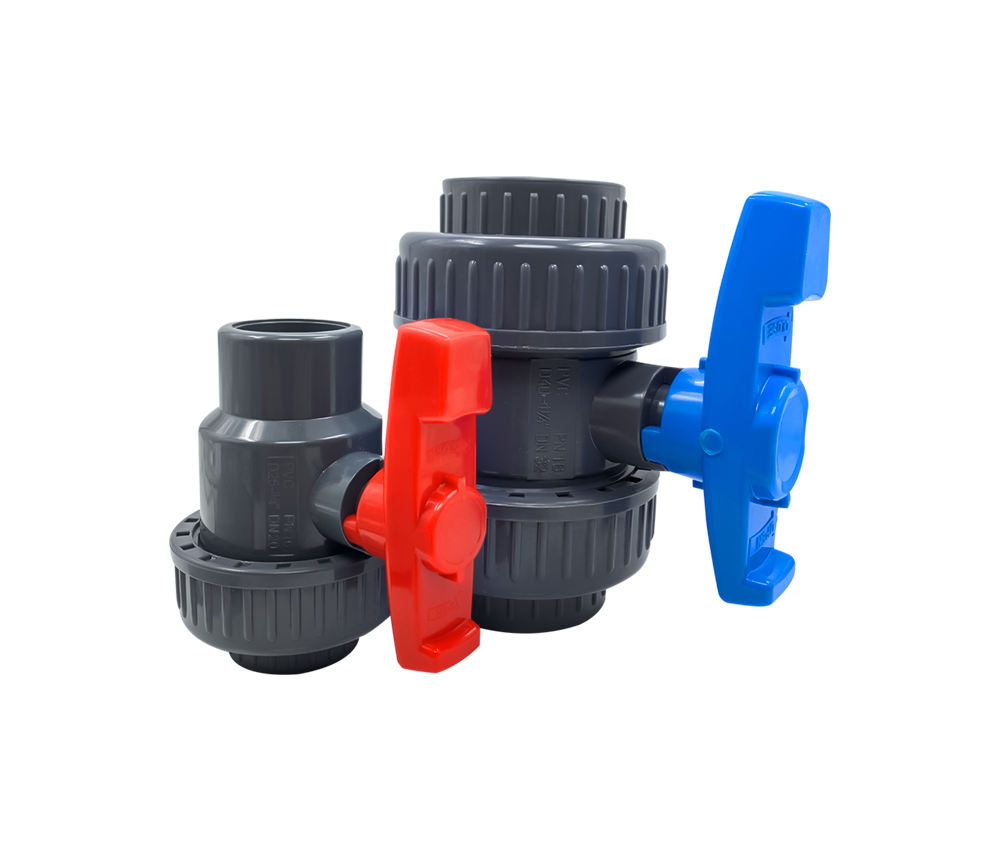Valve selection basis
1. Fluid working conditions (pressure and temperature)
2. The nature of the fluid (corrosive, etc.)
3. The purpose of selecting the valve (throttling, pressure control, etc.)
Since the valve has a wide range of uses, it also plays a great role. For example, in power plants, valves can control the operation of boilers and steam turbines; in petroleum and chemical production, valves also control the normal operation of all production equipment and technological processes. The same is true in other departments. Nevertheless, the comparison of valves with other products is often overlooked. For example: when installing machinery and equipment, people tend to focus on the main machinery and equipment, such as compressors, high-pressure vessels, boilers, etc.; some are improperly selected. These practices will reduce the overall production efficiency or stop production, or cause various other accidents. Therefore, serious and responsible work must be carried out on the selection, installation and use of valves. Especially for modern industrial production and construction


https://www.chinavalvefittings.com/product/valve-series/butterfly-valve/
https://www.chinavalvefittings.com/product/valve-series/foot-valve/
https://www.chinavalvefittings.com/product/valve-series/union-ball-valve/
The following are the principles to be followed when selecting valves:
⑴ Valves for shut-off and open media The flow path is a straight-through valve, which has a small flow resistance, and is usually selected as a valve for shut-off and open media. The downward closing valve (stop valve, plunger valve) is less used because of its tortuous flow path and higher flow resistance than other valves. Where higher flow resistance is allowed, a closed valve can be used.
⑵ Valves for controlling the flow rate Generally, a valve that is easy to adjust the flow rate is selected as the flow rate control valve. Downward closing valves (such as globe valves) are suitable for this purpose because the size of its seat is proportional to the stroke of the closing member. Rotary valves (plug valves, butterfly valves, ball valves) and flex-body valves (pinch valves, diaphragm valves) can also be used for throttling control, but they are usually only applicable within a limited range of valve diameters. The gate valve uses a disc-shaped gate to cross-cut the circular valve seat port. It can only control the flow better when it is close to the closed position, so it is usually not used for flow control.
⑶ Valves for reversing and shunting According to the needs of reversing and shunting, this kind of valve can have three or more channels. Plug valves and ball valves are more suitable for this purpose. Therefore, most of the valves used for reversing and dividing flow select one of these valves. However, in some cases, other types of valves can also be used for reversing and shunting as long as two or more valves are properly connected to each other.
⑷ Valves for medium with suspended particles When there are suspended particles in the medium, it is suitable to use a valve with a wiping function whose closing part slides along the sealing surface. If the back and forth movement of the closing member to the valve seat is vertical, it may hold particles. Therefore, this valve is only suitable for basic clean media unless the sealing surface material allows particles to be embedded. Ball valves and plug valves have a wiping effect on the sealing surface during the opening and closing process, so they are suitable for use in media with suspended particles. At present, whether in the pipeline system of petroleum, chemical industry, or other industries, valve applications, operating frequencies, and services are ever-changing. To control or eliminate even low-level leakage, valves are important and critical equipment. The final control of the pipeline is the valve. The service and reliable performance of the valve in various fields are rare.